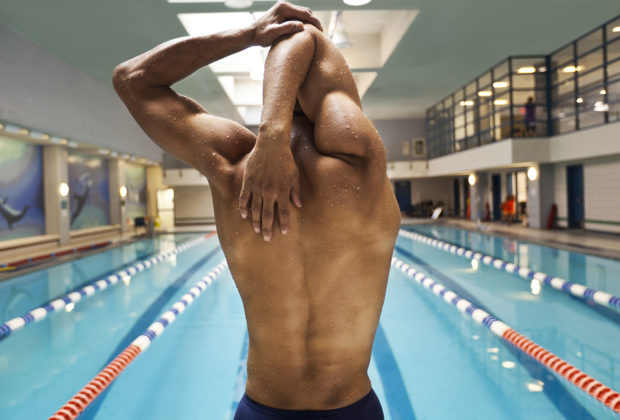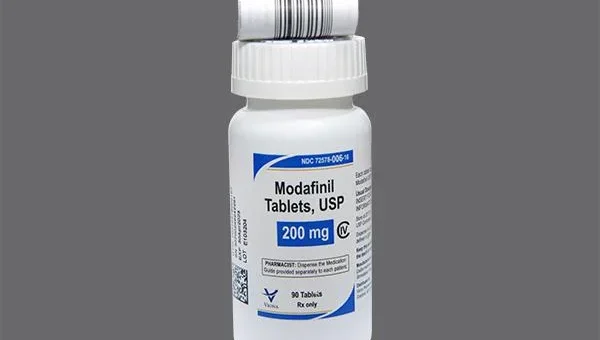While swimming can help create a stronger more flexible body because it works every muscle, the sport can also cause injuries. In fact, one of the most common inquiries to medical staff is how to fix swimmer’s shoulder. This type of injury involves muscles and tendons that surround the shoulder joint.
What Is Swimmer’s Shoulder?
“Swimmer’s shoulder” is the term most commonly used to refer to the trio of recurring injuries that affect the front capsule of the shoulder. It’s similar to tendonitis of the biceps and rotator cuffs, and these problems can actually overlap each other.
The biceps brachii is composed of two heads, one originates in the coracoid process and the other in the scapula, and together they are inserted into a common tendon. If there is instability in the muscles that hold the shoulder, it is normal that there is a displacement of the head of the humerus when the traction of the arm is performed. This causes the tendon of the biceps to rub with exaggerated friction, causing swelling, pain, and thus, swimmer’s shoulder. The condition usually comes about from poor technique, or overexertion.
Associated causes may include:
- Fatigue of the rotator cuff because of a scapular dysfunction.
- Muscle imbalance of strength and flexibility in the shoulder.
- Muscle fatigue associated with abrupt increases in training.
- Training with hand pallets, as it increases resistance to water and puts more strain on shoulder
- Frequency of strengthening exercises with excessive loads.
Increasing the volume or intensity of training very quickly, especially in the context of using incorrect technique, makes the problem worse. The good news is that it’s preventable and treatable.
Care And Treatment
The first step to do when you feel pain is to stop the activity to find out what is wrong. Consulting with an orthopedic specialist to determine which of the tendons or anatomical structures has been hurt will give you insight into the extent of the problem and the best way to treat it.
After a diagnosis of any issues with tendons or rotator cuff, activities should be suspended. This is only phase one aimed at reducing pain and to begin the healing. Doctors will prescribe an anti-inflammatory, and perhaps cryotherapy to help with healing. Phase two is aimed at recovering the functionality and strengthening of the shoulder.
Doctors agree, after a swimmer’s shoulder injury, the athlete’s return to the pool should be gradual and his progression should be based on tolerance and absence of pain.
Preventing Shoulder Injuries
In swimming, it is important to lay the basis for a strong performance in the water by purposeful stretching and strengthening, but many athletes do not stretch the muscles enough. In addition to floor warm-ups and stretching, lateral elevations and repetitive arm and shoulder circumctions with light hand weights will stretch the muscles. Isometric contractions can also help before starting a workout.
It is also advisable that after demanding workouts, always apply ice for 12 to 15 minutes to inside and outside of the shoulder and biceps.
The shoulder is a complex joint, since it is very mobile, and at the same time, requires some stability for its good function. Lots of stretching and rest goes a long way in preventing injuries.




